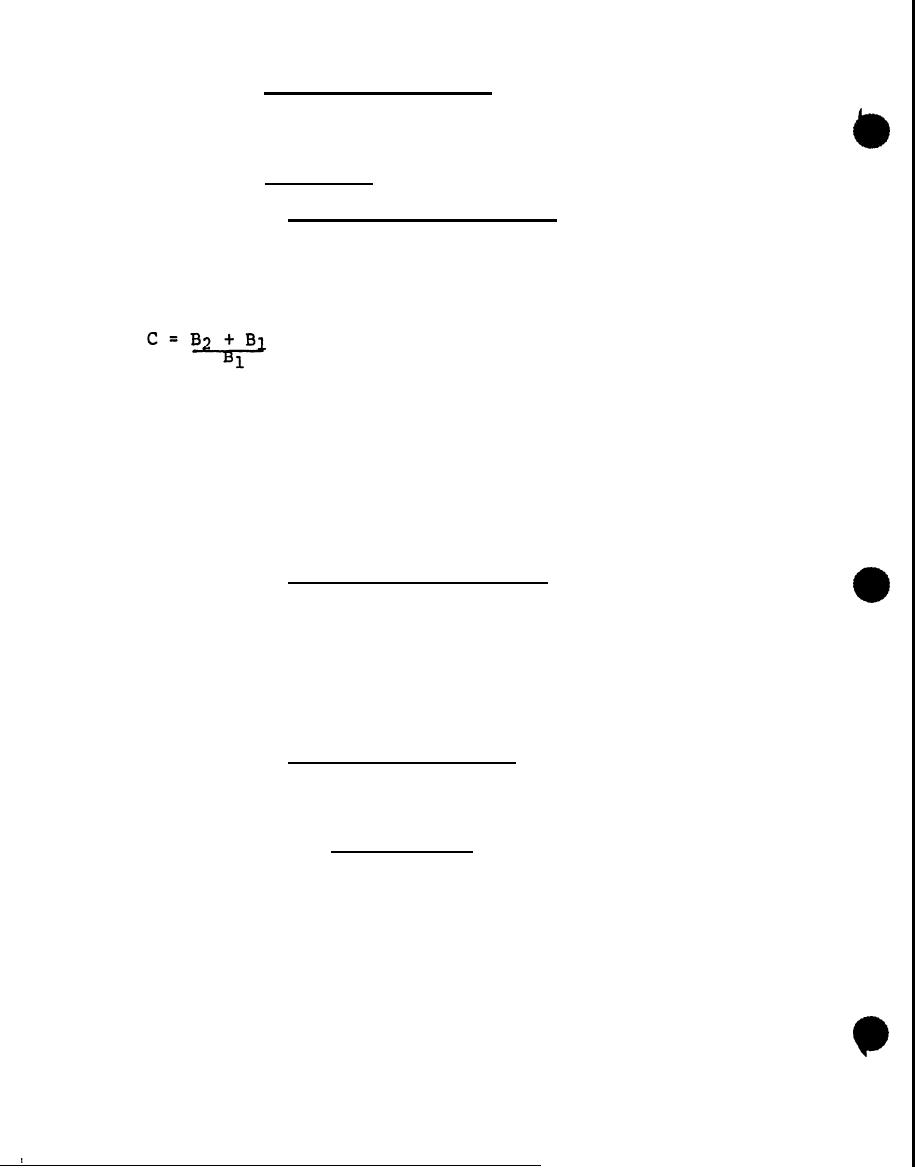 |
|||
|
|
|||
| ||||||||||
|
|  MIL-S-70442 (AR)
3.4.2.4.8 Numeric data location. As a minimum, each of the
numerals shall be formed by one part of a seven segment pattern as
shown in Figure 7. All numerals shall always be visible to at least
one eye when viewed at the design eye position.
3.4.2.4.9 Brightness.
3.4.2.4.9.1 Displayed data brightness. The line brightness of
all displayed data, symbols, and retitles shall be such that the
images shall be clearly visible against 10,OOO foot-lambert
background brightness, and in the presence of direct sublight
penetration in the cockpit. The minimum contrast ratio (C) under
the conditions shall be 1.15. The contrast ratio (C) is defined as:
Where:
B2 is the apparent brightness of the symbology as
viewed thru the combiner.
B1 is the apparent brightness of the background as
viewed thru the combiner.
The projected image shall be clearly defined with no visible
breaks or irregularities when viewed from a normal operating
position in a darkened area or against a bright sky.
3.4.2.4.9.2 Briqhtness control ranqe. The displayed data
brightness shall be adjustable by controls and/or filtering to
accommodate an ambient brightness range of 1 x 10-4 (1 x 10-5
desired) to 10,000 foot-lamberts on two ranges if necessary. For
ambient brightness below 1.0 foot lamberts, AN/PVS-5 goggles may be
worn by the pilot. Symbol brightness shall vary non-linearly with
adjustment of the manual brightness control on the HUD display unit,
such that the control sensitivity at a given contrast is
approximately constant over the ambient brightness range.
3.4.2.4.9.3 Brightness uniformity. For a given brightness
setting, the average line brightness of symbols shall not vary more
than 25 percent over the FOV of the HUD. Brightness variation is
defined as follows:
B max - B min
B variation =
+ B min
B max
B max = maximum symbol line brightness
Where:
B min = minimum symbol line brightness
22
|
|
Privacy Statement - Press Release - Copyright Information. - Contact Us |